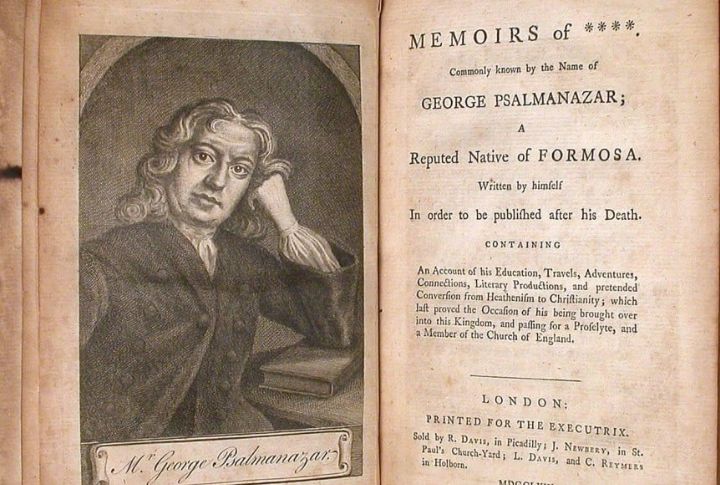
Throughout history, readers have trusted authors to present truth or fiction with clarity. Yet, some stories fooled the world by pretending to be what they weren’t. These 20 controversies stunned many people—and, in some cases, reshaped cultural conversations before being exposed.
The Hitler Diaries

A major German magazine published what it believed were Adolf Hitler’s lost diaries. They later turned out to be fakes forged by art dealer Konrad Kujau. The blunder embarrassed historians and publishers who had championed their authenticity before deeper analysis revealed the fraud.
The Ern Malley Affair

In 1943, two Australian poets invented Ern Malley to parody modernist poetry. They submitted absurd poems to a leading journal, which published them as geniuses. When the hoax was revealed, it ignited lasting debates over authenticity, artistic merit, and critical judgment.
The Book Of Veles
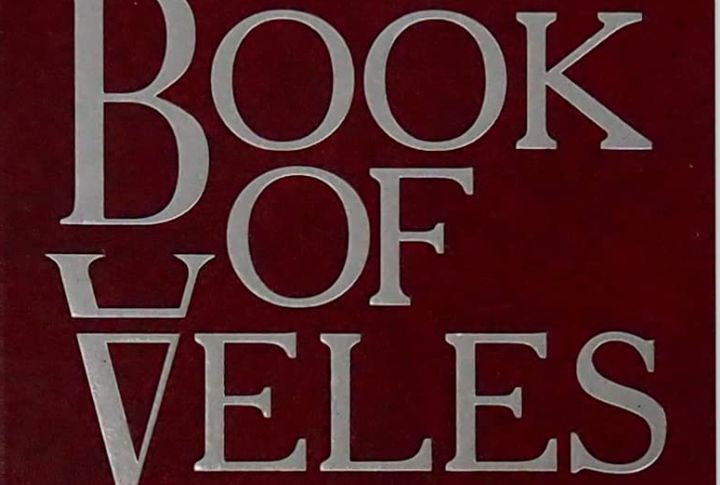
Presented as an ancient Slavic scripture, the “Book of Veles” blended history and invention so convincingly that some still believe it’s real. Dismissed by scholars as a forgery, it nonetheless shaped modern Slavic neopaganism and blurred the line between identity and invention.
The Education Of Little Tree

This popular “memoir” tells the story of a Cherokee boy raised by his grandparents. But the author wasn’t Indigenous—he was Asa Earl Carter, a white supremacist and former speechwriter for George Wallace. The revelation exposed how false identity can mislead readers and sell lies.
The Mussolini Diaries
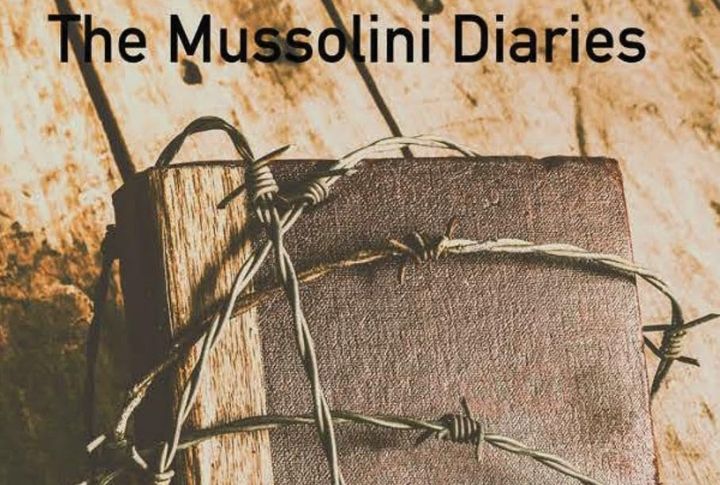
Twice in modern history, sets of Mussolini’s “diaries” emerged, each claiming to offer personal insights into the dictator’s mind. Expert analysis later proved both were forged. Despite wide publicity, neither version held up under scrutiny, despite all the difficulties that come with authenticating historical manuscripts.
George Psalmanazar’s Formosa Memoir
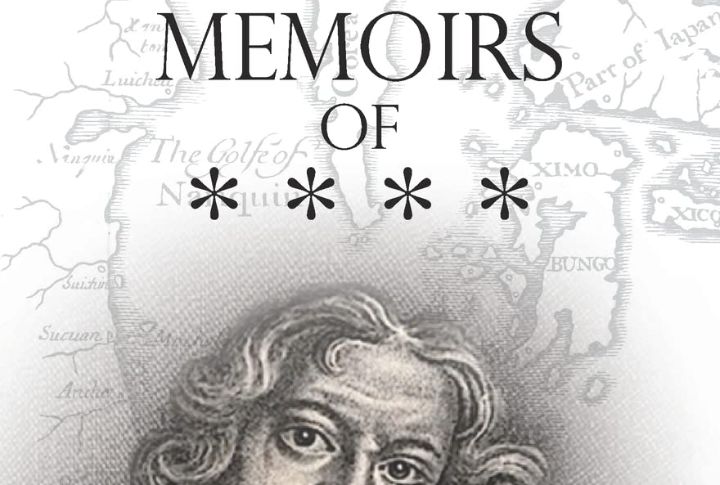
In the 1700s, George Psalmanazar fooled Europe with tales of Formosa—an invented language, culture, and religion included. His memoir earned academic acclaim before the truth unraveled. Even after the hoax was exposed, it had already shaped how many viewed Asia for years.
The Protocols Of The Elders Of Zion

This 1903 Russian text posed as evidence of a Jewish global conspiracy. In truth, it was a political forgery lifted from earlier sources. Its lies spread quickly, seeding antisemitic violence and shaping extremist ideologies long after it was exposed as fraudulent.
The Howard Hughes Autobiography Hoax
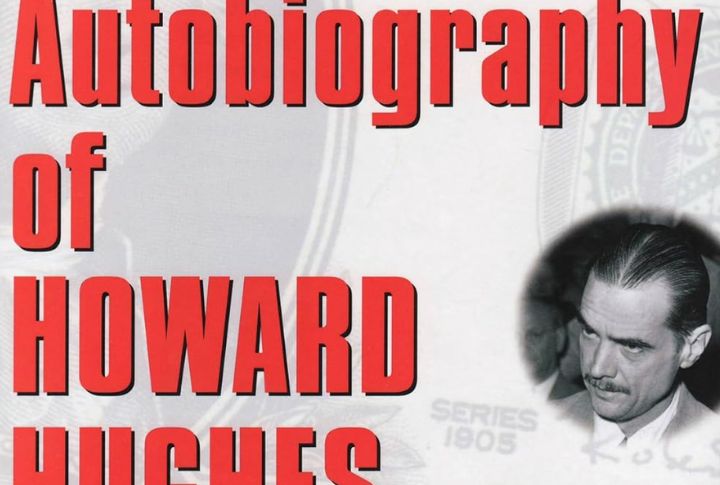
Author Clifford Irving stunned publishers by claiming to have Hughes’ approval for a revealing autobiography. He forged documents, faked interviews, and nearly got the book published. The plan unraveled when Hughes publicly denied involvement, exposing how easily big names can bypass basic scrutiny.
The Donation Of Constantine
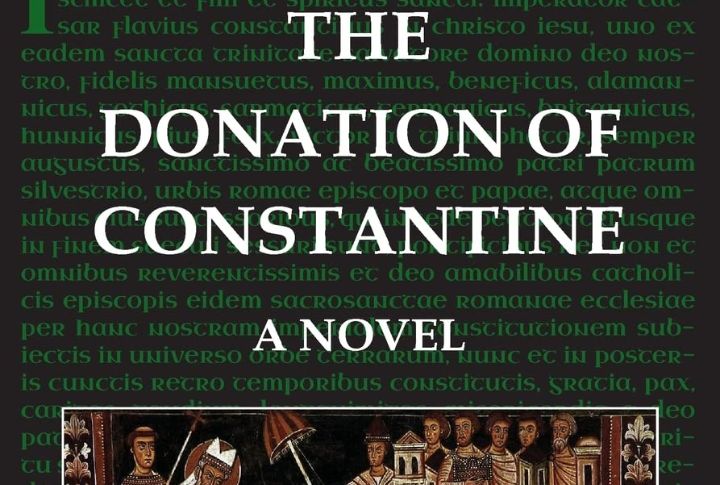
For centuries, the Catholic Church cited this document to justify its political power. It supposedly transferred the rule of the Roman Empire to the Pope. In the 15th century, scholars proved it was forged, and this exposure weakened centuries-old claims of temporal authority.
The Ossian Poems
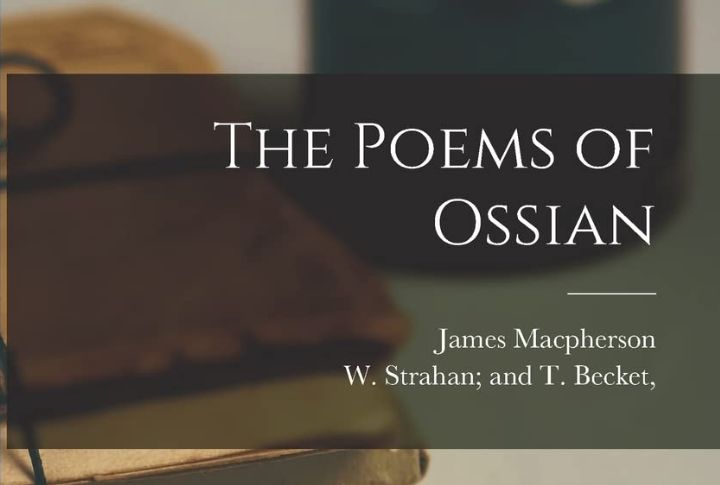
James Macpherson introduced epic poems attributed to Ossian, a legendary bard of ancient Gaelic tradition. Europe embraced them, with admirers like Goethe and Napoleon. And even though later scholars proved that they were fabrications, the poems influenced Romanticism.
The English Mercurie
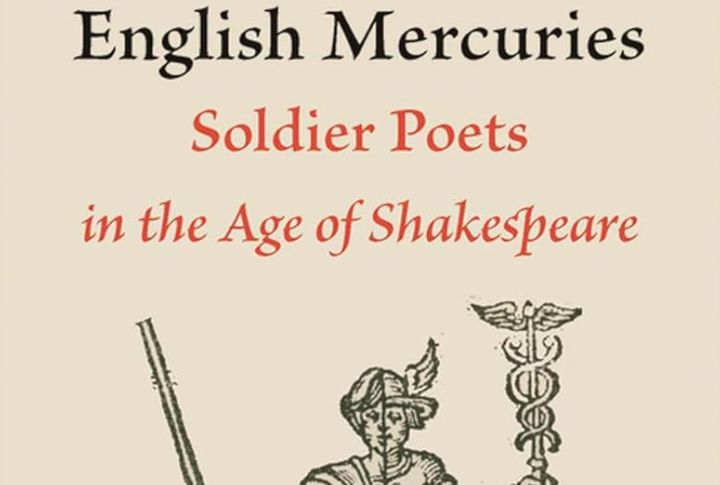
Once hailed as the first English newspaper, this 1588 publication was discovered to be a fake created in the 1700s. Its invention misled scholars for generations and complicated timelines around the birth of British journalism and early state-sponsored media.
The Sokal Affair

Physicist Alan Sokal submitted a nonsensical paper to a cultural studies journal, and it was published without challenge. He later revealed the hoax, criticizing academic standards in postmodern circles. The experiment also ignited fierce debates on peer review and intellectual accountability.
The Sobibor Memoirs

In the 1960s, Stanislaw Szmajzner published a memoir of surviving the Sobibor death camp. Later scrutiny revealed significant fabrications and inconsistencies. Though based partly on real events, the embellished claims clouded authentic testimonies and stirred tension over how Holocaust narratives were presented.
Love And Consequences Memoir
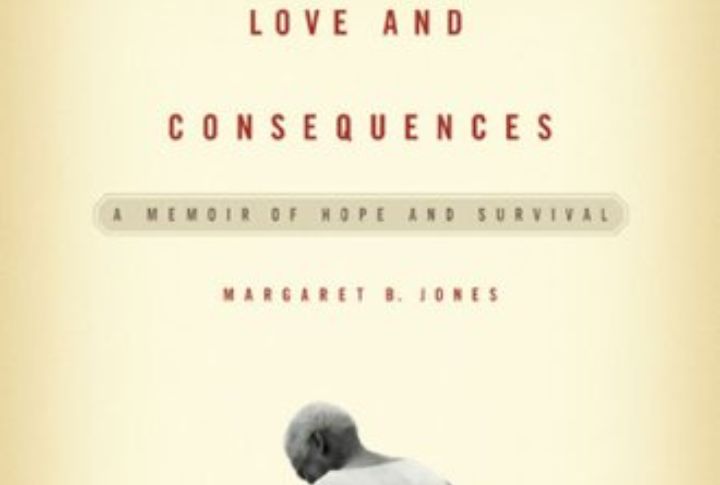
Margaret Seltzer published a memoir about life as a foster child in a violent Los Angeles neighborhood. Shortly after release, her story unraveled when people found out that none of it was true. Her real background as a suburban woman sparked a backlash in the publishing world.
Go Ask Alice
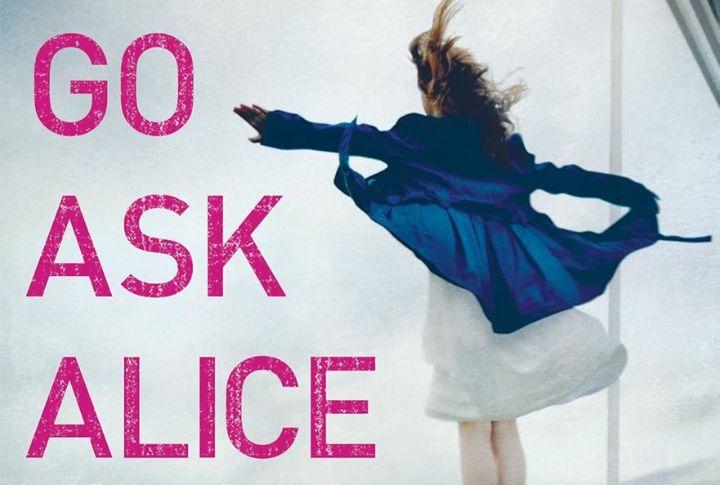
Presented as a real teenager’s diary chronicling her drug addiction and descent into chaos, “Go Ask Alice” shocked readers. Years later, it was revealed to be the work of editor Beatrice Sparks, not a true diary. Its realism made the deception especially effective.
The Vortigern And Rowena Play
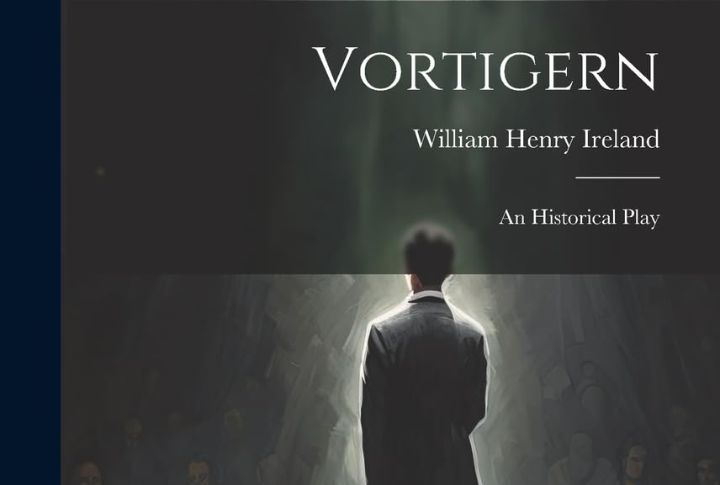
Eighteenth-century forger William Henry Ireland claimed to discover a lost Shakespeare play. The drama was staged but quickly derided as inferior. Experts soon proved it wasn’t authentic. The scandal exposed a hunger for literary discoveries and the risks of blind enthusiasm.
Fragments By Binjamin Wilkomirski

Published as a Holocaust memoir, Fragments described a childhood spent in Nazi camps. But in 1998, investigations revealed the author—actually Swiss-born Bruno Grosjean—had invented the story. The exposure sparked intense debate over memory, identity, and the ethics of profiting from borrowed trauma.
A Million Little Pieces
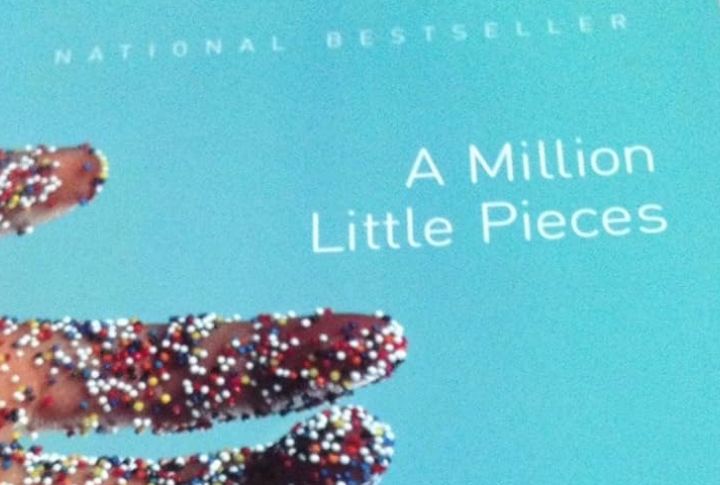
Touted as a harrowing memoir of addiction, Frey’s book sold millions before revelations surfaced that he had exaggerated or invented major events. The publishing industry faced renewed scrutiny after his memoir’s credibility collapsed during a televised confrontation.
Nasdijj Memoirs

Nasdijj appeared as a powerful new Navajo voice, writing about trauma, poverty, and parenting. But behind the name was Tim Barrus, a white writer posing as Indigenous. His deception wasn’t just literary—it misled readers, publishers, and those seeking genuine Native stories.
The J.T. LeRoy Persona

J.T. LeRoy rose to fame as a traumatized young writer with a haunting voice. But “he” was a fabrication by Laura Albert, who wrote the books while a friend played the part. The truth unraveled a literary myth that fooled critics and fans alike.

